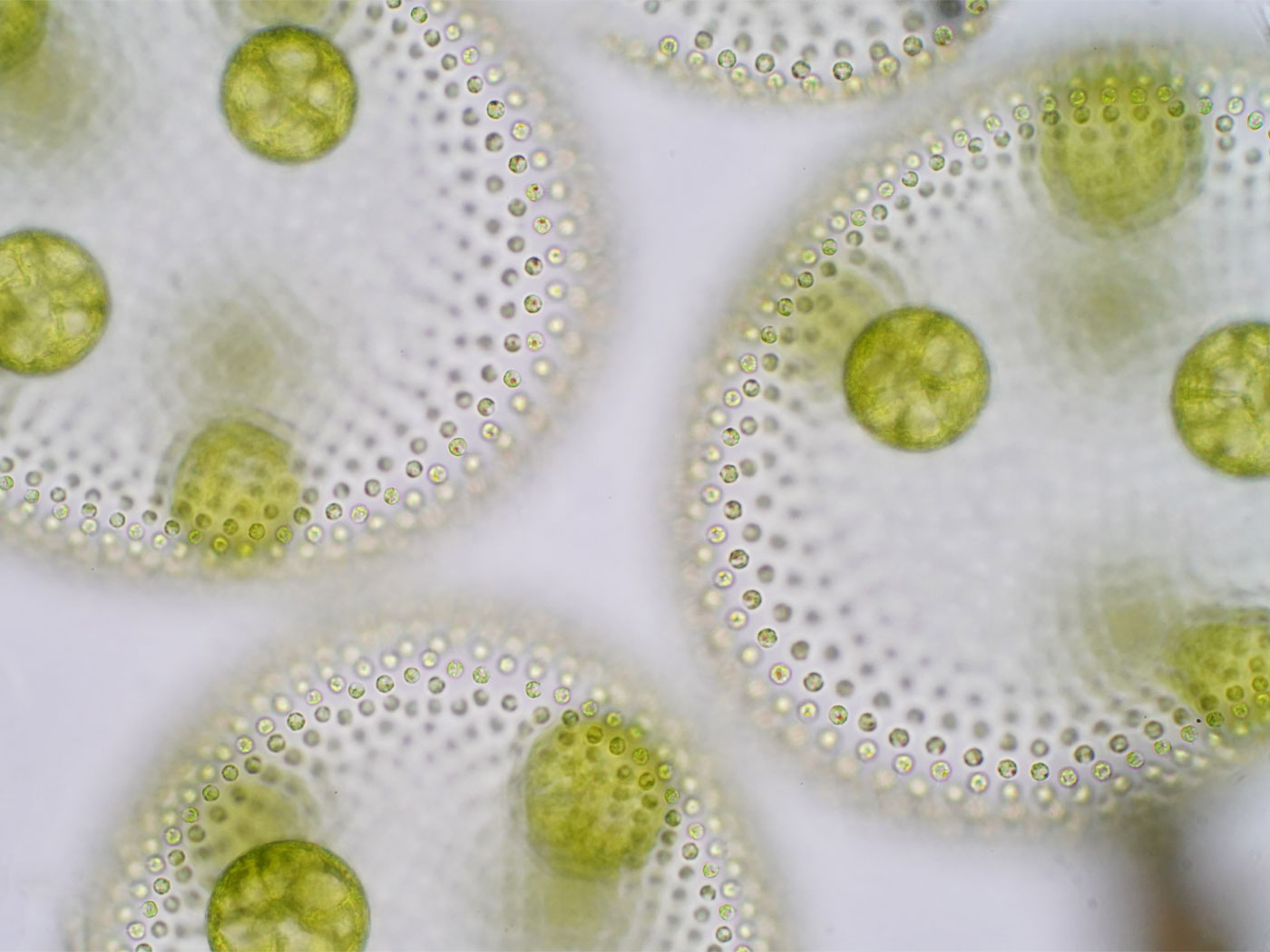An international team of scientists onboard the schooner Tara is conducting an ongoing oceanic global study. The research is part of the Tara Oceans Consortium and has identified 5,500 new RNA virus species that represent all five known RNA virus phyla (a taxonomic category). In addition, they have discovered “’an entire phylum, the Taraviricota, . . . found all over the oceans, which suggests they're ecologically important,’ said lead author Matthew Sullivan, professor of microbiology at The Ohio State University.”1 Indeed, viruses are a fascinating and important foundation in the oceanic web of life God has created. The discovery of these new viral species adds to our understanding of the ocean’s ecosystem.
A virus is a self-replicating, infectious, nucleic, acid-protein complex and is very different from, say, bacteria.2 Viruses enter into a host cell for replication (the process of producing two identical replicas of RNA, ribonucleic acid or DNA, deoxyribonucleic acid) and take over the cell’s biological machinery. The viral genome (total genetic information) can be RNA or DNA.
The oceans contain an incredible number of viruses3 and the Tara Oceans Consortium, after collecting 35,000 water samples, is finding many new species.4
What is God’s purpose in making oceanic viruses in all these varieties and numbers? Their function, in part, is to provide food for microorganisms5 and control the number of bacteria that are continually proliferating via bacteriophages or phages—viruses parasitizing bacteria. Bacteriophages contribute to marine health by cyclic lysing (destruction) of a majority of bacteria in the oceans every 24 hours. This designed process helps to prevent bacterial population explosions as well as cycling carbon in the oceanic food webs.6
What makes this particular study so unique is the scale of the research.
Viruses did not evolve from some non-viral entity. In fact, “a consensus scenario for their ultimate origin is still lacking.”7 However, Zayed, et al. state a new phylum called Taraviricota is supposedly a missing link in early RNA virus evolution,4 but Taraviricota is still composed of 100% viruses, and their RNA has always been RNA.
Researchers found that the RNA sequences they analyzed contained a signature gene called RdRp that codes for RNA-dependent RNA polymerase—a complex enzyme designed to catalyze replication. According to evolution theory, RdRp's existence dates to when life was first detected on Earth ‘billions of years ago.’ This “ancient” gene is also found in some eukaryotes8 and is supposedly a marker of ‘deep evolutionary time,’ but this cannot be proven—just speculated. Creationists maintain RdRp is a designed, essential protein found in Taraviricota that was created thousands of years ago during the creation week.
The complexity of even “simple” viruses with their RNA and polymerase proteins reflects Romans 1:20; “For the invisible things of him from the creation of the world are clearly seen, being understood by the things that are made, even his eternal power….”
References
1. Staff Writer. Ocean water samples yield treasure trove of RNA virus data. ScienceDaily. Posted on ScienceDaily.com April 7, 2022, accessed April 20, 2022.
2. Sherwin, F. What’s the difference between viruses and bacteria? Creation Science Update. Posted on ICR.org March 28, 2020, accessed April 20, 2022.
3. Sherwin, F. An ocean of viruses. Creation Science Update. Posted on ICR.org March 31, 2020, accessed April 20, 2022.
4. Zayed, A. et al. 2022. Cryptic and abundant marine viruses at the evolutionary origins of Earth’s RNA virome. Science. 376: 156-162.
5. Tomkins, J. Viruses make good food for sea creatures. Creation Science Update. Posted on ICR.org April 7, 2020, accessed April 20, 2022.
6. Suttle, C. A. 2005. Viruses in the sea. Nature. 437 (7057): 356–61.
7. Krupovic, M. et al. 2019. Origin of viruses: primordial replicators recruiting capsids from hosts. Nature Reviews Microbiology. 17: 449–458.
8. Iyer L, et al. 2003. Evolutionary connection between the catalytic subunits of DNA-dependent RNA polmerases and eukaryotic RNA-dependent RNA polymerases. BMC Structural Biology. 3: (1).
*Dr. Sherwin is Research Scientist at the Institute for Creation Research. He earned an M.A. in zoology from the University of Northern Colorado and received an Honorary Doctorate of Science from Pensacola Christian College.









